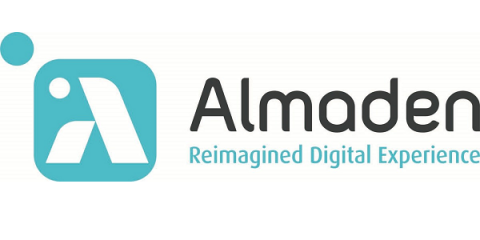Operations | Monitoring | ITSM | DevOps | Cloud
Latest News
Atlassian Pricing Plan & Cost Guide
ManageEngine AssetExplorer Pricing 2024
Everything You Need to Know About Software License Management
The Importance of Asset Tracking for Small Businesses
In today's rapidly changing technological world, it's more important than ever for small businesses to track their assets effectively. Asset tracking is the process of monitoring and managing the physical assets of a business, such as equipment, machinery, and tools. With proper asset tracking, small businesses can optimize their operations, reduce costs, and increase efficiency.
10 Benefits of Using Asset Infinity for Preventive Maintenance Management
Maintaining the health and performance of assets is essential for enterprises across industries in the fast-paced business climate of today. Assets are the foundation of operations, so proactive maintenance management has elevated to the top of the priority list. This is where the state-of-the-art asset management tool Asset Infinity excels. Asset Infinity offers several advantages that transform preventative maintenance procedures thanks to its extensive features and user-friendly design.
Looking for Free IT Asset Management Software? You Should Read This First
AssetTiger Pricing Plan & Cost Guide
IT Asset Management Challenges: Solutions and Strategies
Asset IT management involves the management of an organization's IT assets, including hardware, software, and infrastructure. Effective IT asset management can help businesses streamline their operations and optimize their IT investments. However, managing IT assets can present a range of challenges that must be addressed to ensure efficient and effective asset management.
How to Conduct an Effective Asset Inventory Audit
As businesses grow and acquire new assets, keeping track of these assets becomes increasingly challenging. An asset inventory audit is a process of identifying and documenting all the assets owned by a business. Conducting an effective asset inventory audit can help businesses understand what assets they have, their condition, and their value. This information can be used to optimize asset utilization, identify opportunities to reduce costs, and ensure compliance with regulations.









